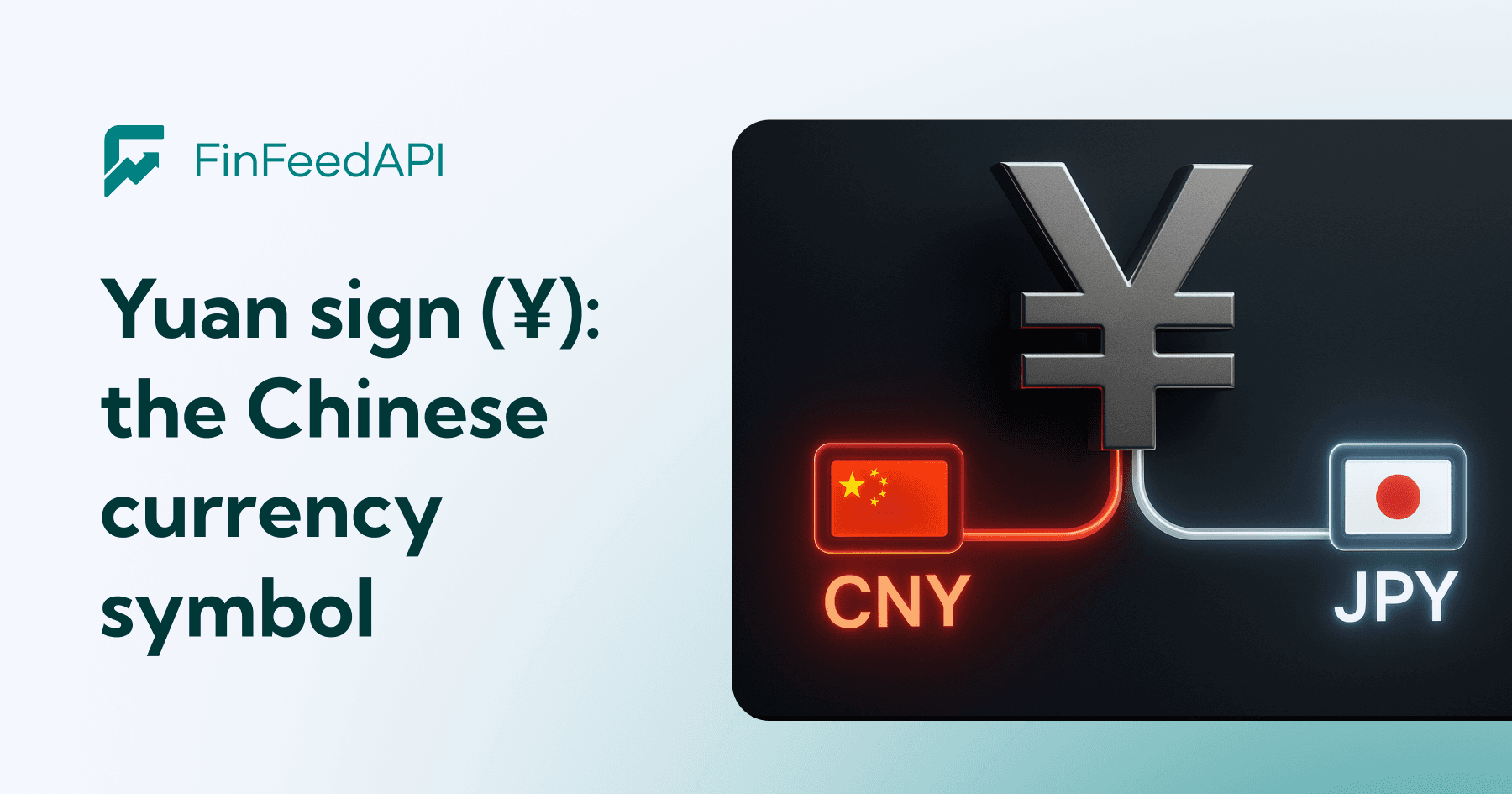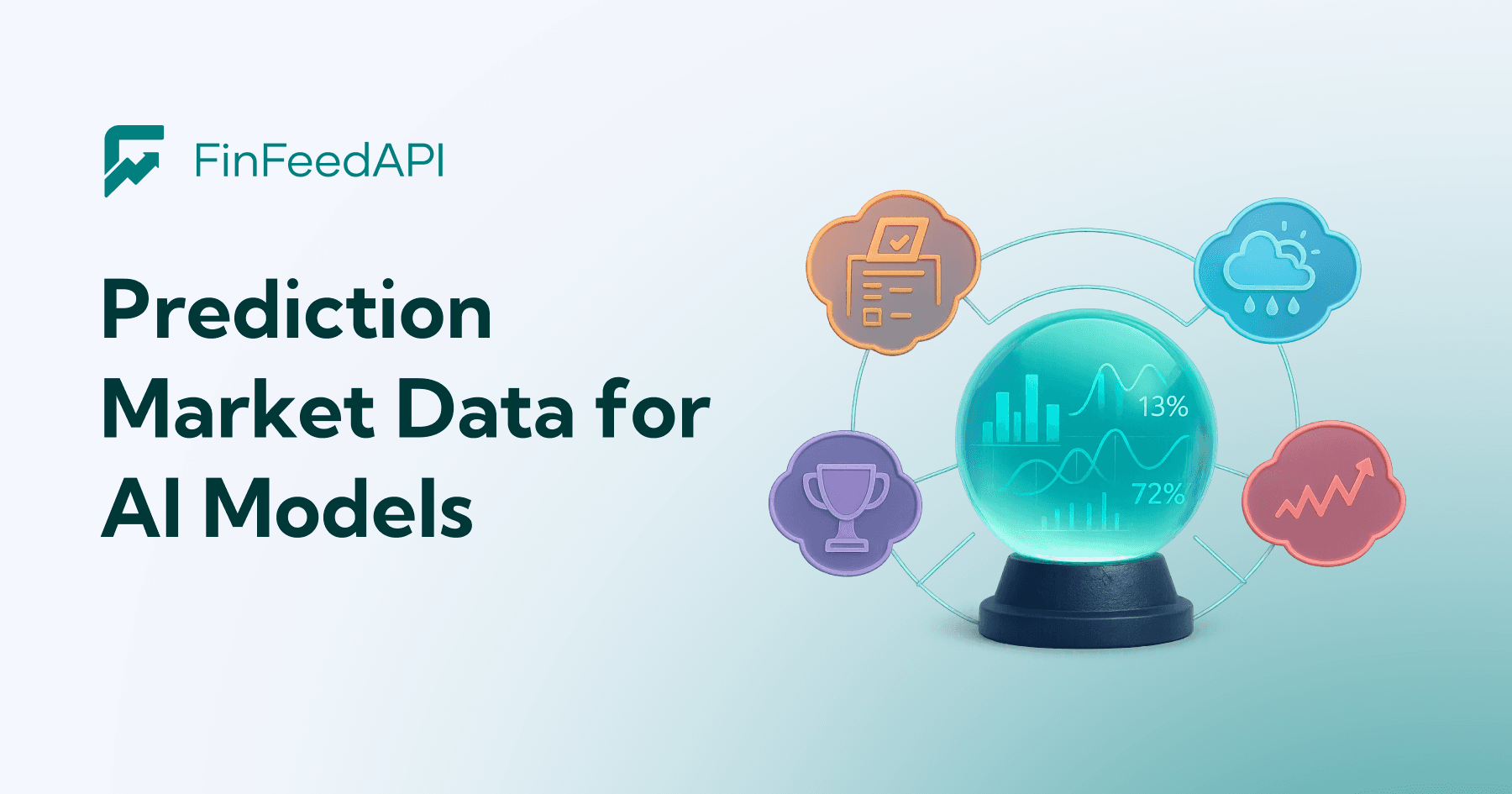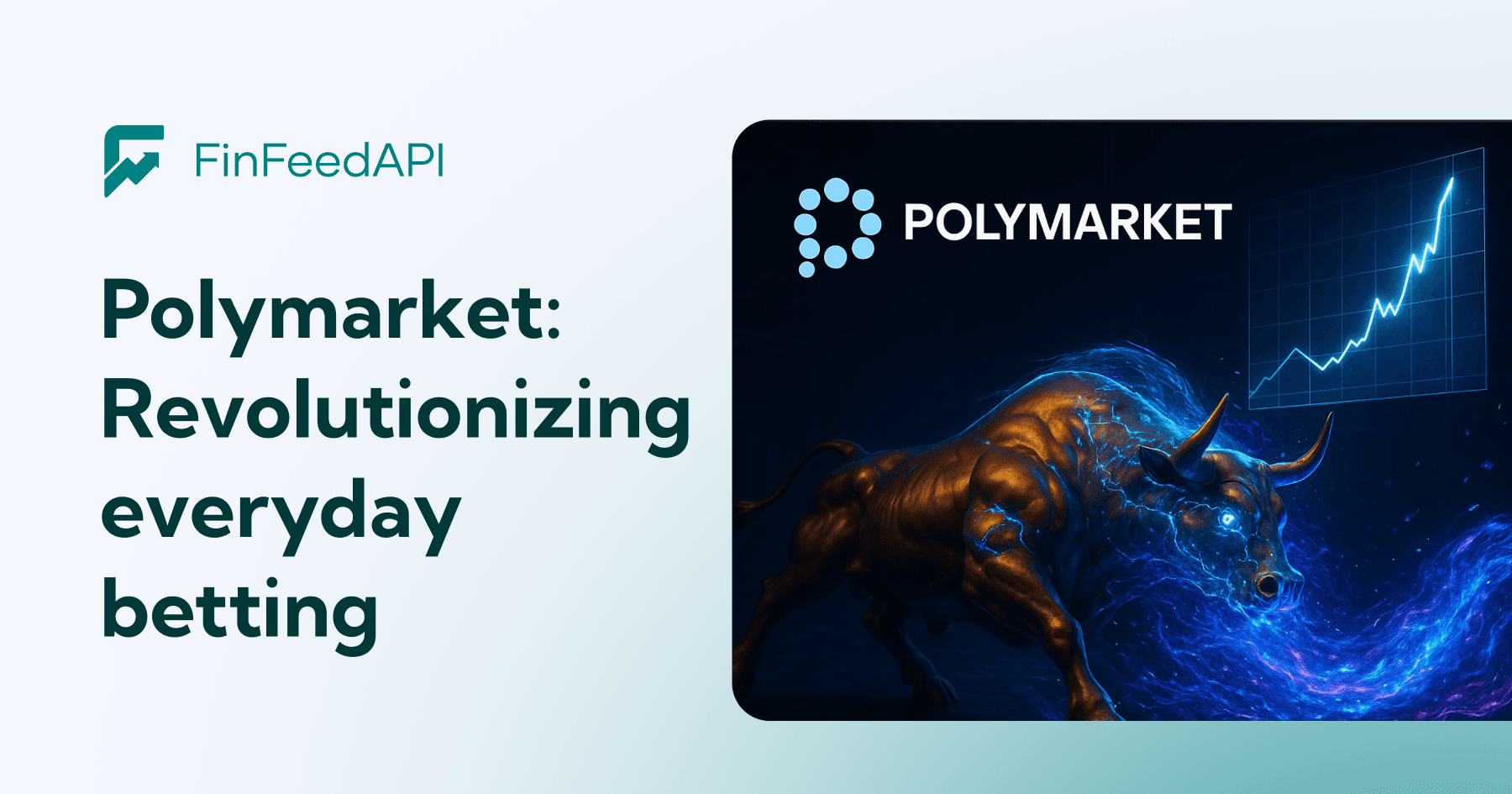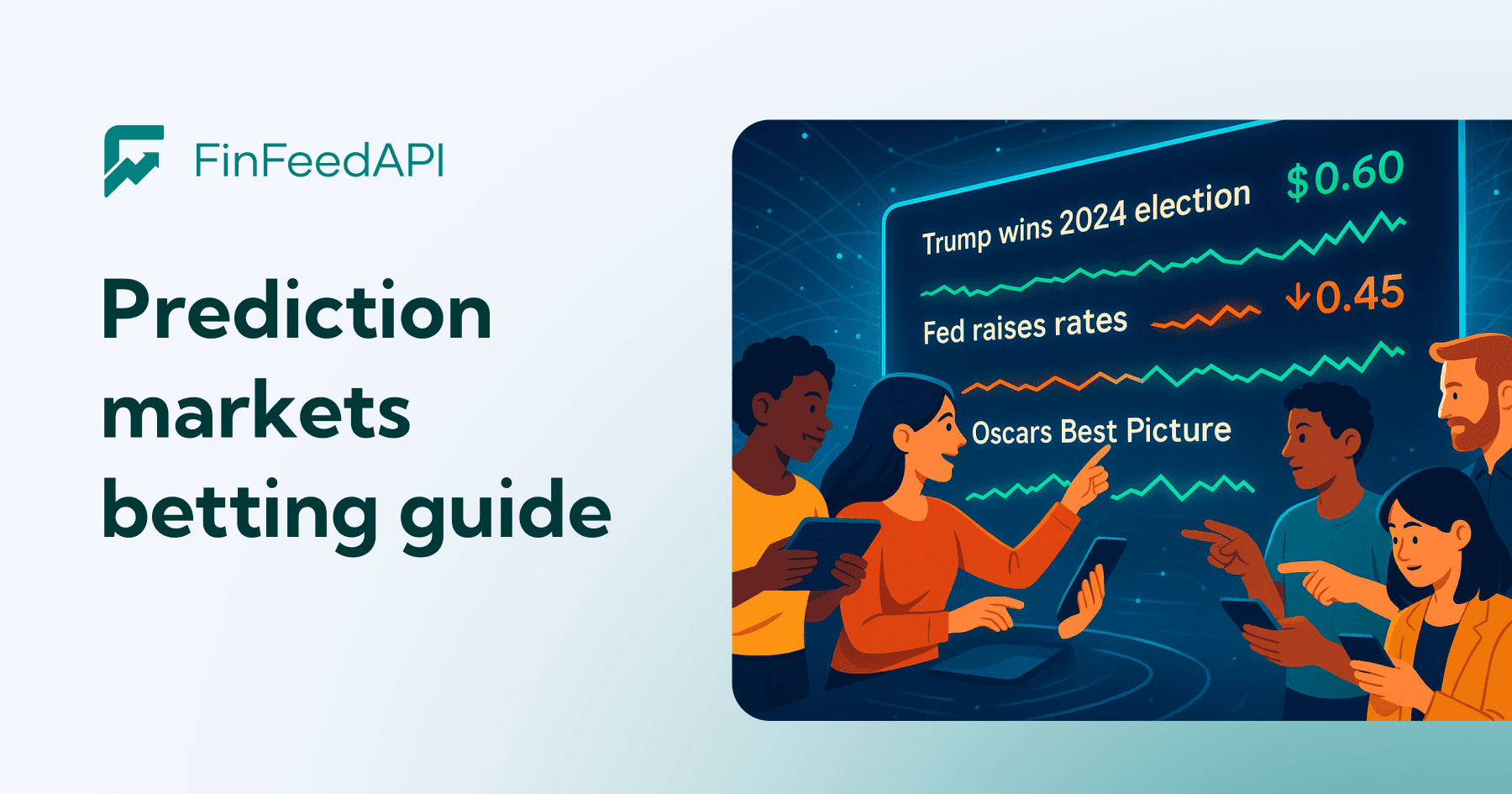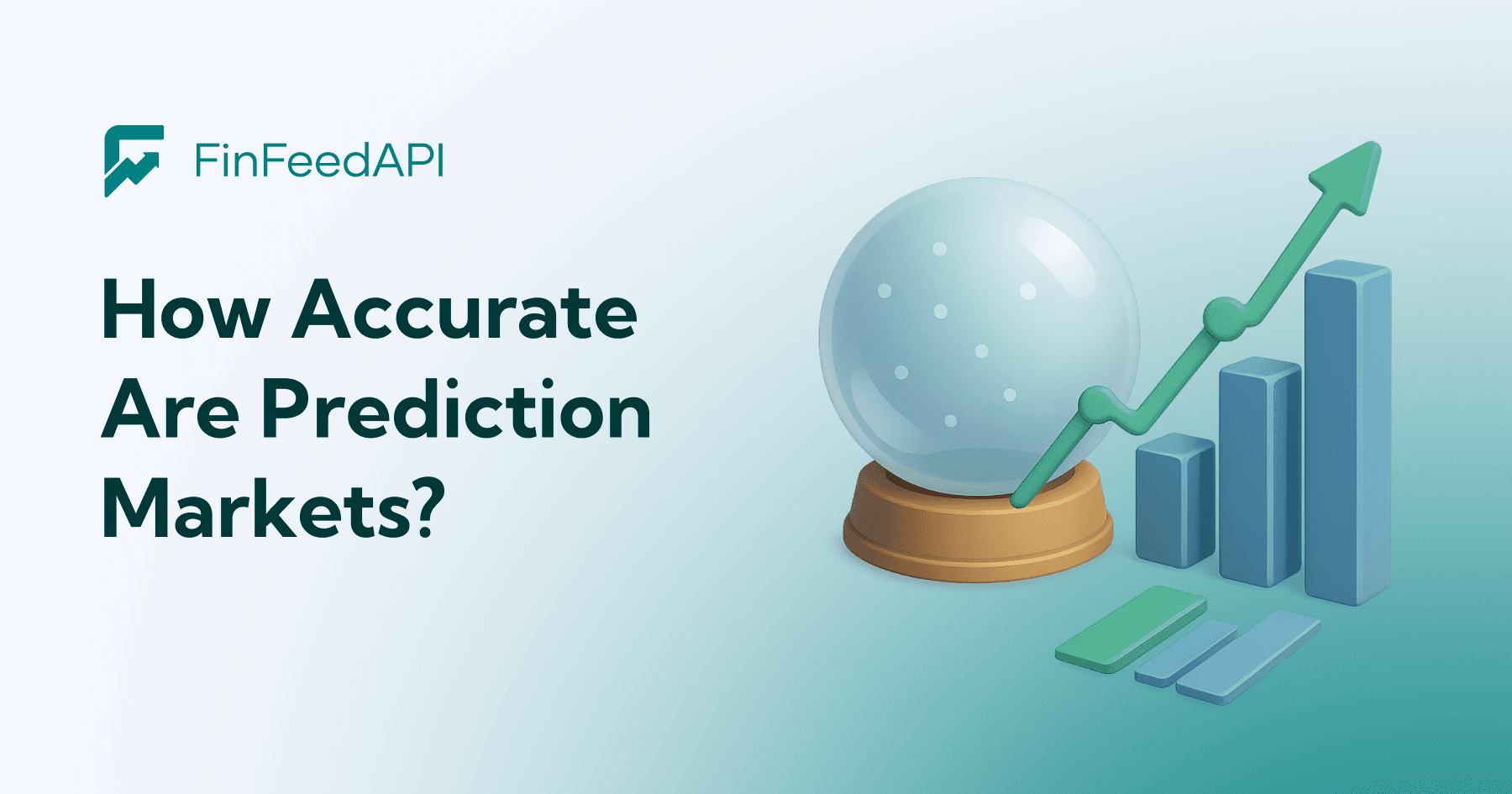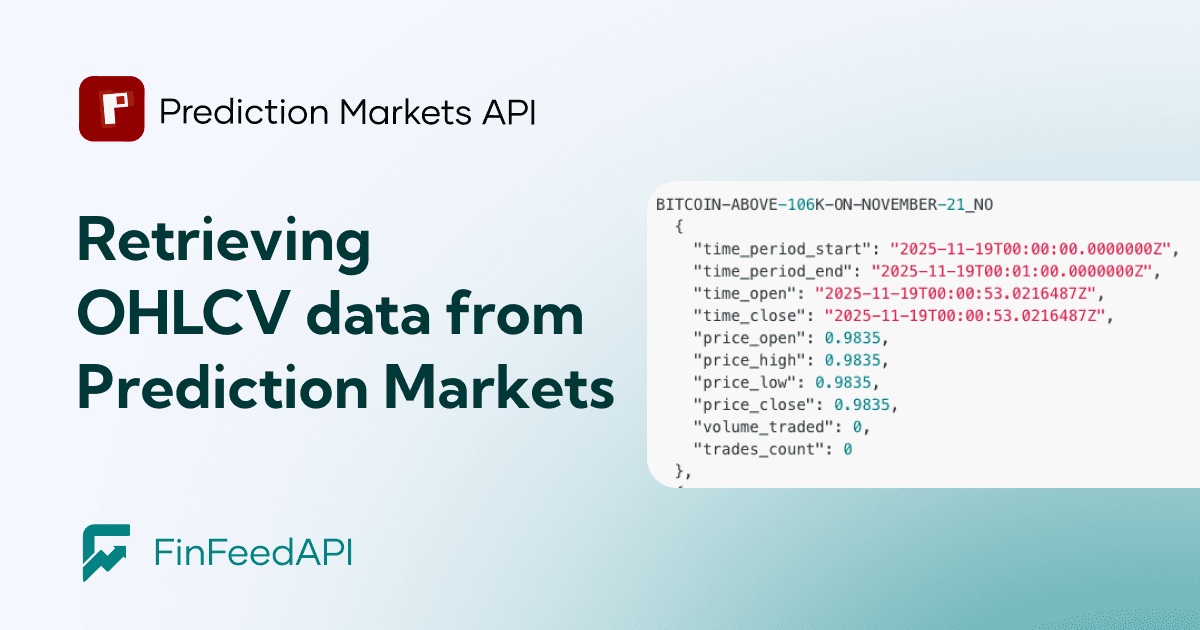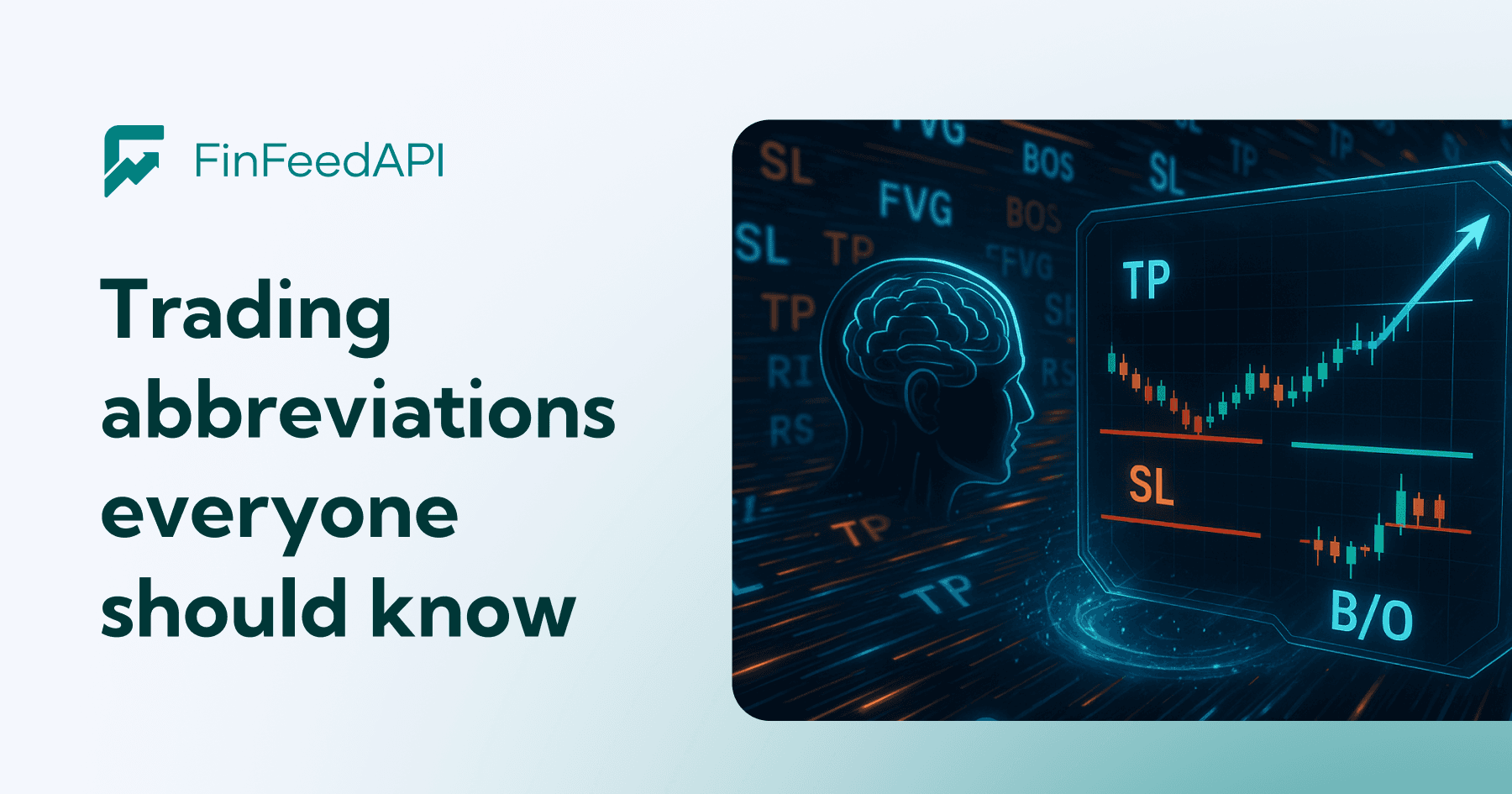The stock market doesn’t move once a day — it never stops moving.
Every second, prices flicker, orders cross, and traders chase the next edge.
Behind all that motion is one quiet engine: data.
For developers, traders, and fintech builders, the Intraday Stock Data is how you tap into that flow. It’s the feed that shows the market as it’s happening — not the headlines after the fact.
Minute by minute (or faster), it captures prices, volume, and volatility, giving you the full story of what’s unfolding between the open and the close.
If end-of-day data is the book summary, intraday data is the full story as it’s being written.
What is an Intraday Stock Data API
An Intraday Stock Data API is a developer gateway to live market activity — a way to pull price, volume, and volatility data directly into your own tools, dashboards, or trading systems.
Instead of scraping financial websites or relying on delayed feeds, APIs provide structured, on-demand access to the market.
You send a request for a symbol — like AAPL or MSFT — and the API returns clean, time-stamped data in real-time or near real-time intervals (1-minute, 5-minute, 15-minute, or hourly).
This isn’t end-of-day reporting; it’s the full intraday picture. Every move between the open and close is captured, making it possible to track momentum, volume surges, and short-term volatility with precision.
Developers use it to power trading apps, charting tools, or automated models.
Analysts use it to study how the market really behaves — not just where it ends up.
Essential Features of Intraday Stock Data APIs
A strong intraday data API does more than deliver prices — it provides the structure that trading and analytics platforms run on. Here’s what actually matters:
Real-Time and Historical Intraday Data
Good APIs offer both: up-to-the-minute prices and archived intraday data in minute, five-minute, or hourly intervals.
That means you can monitor live market movement and test strategies with months or even years of precise data.
Accurate OHLCV Format
Each data point includes open, high, low, close, and volume — the core fields used for charts, signals, and analysis.
Some APIs also include bid-ask spreads or trade counts for deeper technical work.
Extended-Hours Coverage
Markets don’t stop at the closing bell.
Pre-market and after-hours activity often reacts first to earnings or news, so having that data gives a fuller view of market behavior.
Exchange Coverage
The best APIs cover a wide range of exchanges — NASDAQ, NYSE, LSE, HKEX, and more — under a consistent format. This lets developers pull data across regions without needing separate integrations.
Clear and Consistent Delivery
Most APIs use REST endpoints and return JSON responses. The format is simple, fast, and works well with common programming stacks like Python or JavaScript.
Request a symbol, get timestamped data, and you’re ready to use it.
Together, these features turn raw market data into something reliable and actionable — the kind of information you can actually build on.
Common Use Cases and Applications
Intraday stock data APIs sit quietly behind most of today’s trading and investment tools. They supply everything — from personal trading apps to large-scale systems — with data that keeps markets transparent and measurable.
Algorithmic Trading
For algo traders, milliseconds matter. Intraday APIs deliver the price and volume data used in automated strategies such as pairs trading and market making.
The lower the latency, the cleaner the execution.
Trading Dashboards and Portfolio Tools
Analysts and investors rely on live dashboards to track positions, profit and loss, and real-time shifts in the market.
APIs feed those dashboards with continuous updates — prices, portfolio values, and risk metrics — across both desktop and mobile.
Trading Bots and Robo-Advisors
Automation doesn’t stop at charts. APIs allow bots and digital advisors to use intraday data for identifying trends, measuring volatility, and executing trades automatically. Many systems now combine this data with fundamentals or machine learning models to make more informed choices.
Risk Management Systems
Every trading operation needs guardrails. Intraday data helps monitor exposure, trigger stop-losses, and detect irregular activity before it escalates.
It’s the difference between reacting late and staying ahead.
Quantitative Research
For researchers and data scientists, APIs provide access to years of intraday history — crucial for testing trading strategies, studying price behavior, and examining liquidity patterns.
With precise, time-stamped data, they can measure outcomes instead of relying on estimates.
Today’s fintech platforms often mix these functions.
A single tool might analyze, trade, alert, and report — all from the same data feed. That’s the quiet strength of a well-built intraday API: it makes advanced market data accessible to anyone building with intention.
Intraday stock data: 4 practical builds with FinFeedAPI Stock API
FinFeedAPI’s Stock API delivers intraday and historical data through REST — perfect for charts, alerts, dashboards, and research. Here are four practical ways to put it to work:
1. Fintech Startup (MVP to Launch)
Build live watchlists, sparkline charts, and price alerts using 1-minute or 5-minute OHLCV data.
Poll key symbols during market hours, backfill recent sessions for chart history, and cache results to manage costs.
Add currency conversion with the Currencies API if you display non-USD markets.
2. Enterprise Dashboard
Create internal dashboards that show intraday heatmaps, sector views, and performance snapshots.
Refresh widgets every few seconds, aggregate portfolio data server-side, and store recent history for trend tracking.
Control API access through your backend for authentication, caching, and governance.
3. Trader Toolkit
For discretionary or light systematic traders, use intraday data for scanners, momentum dashboards, or alerts on price and volume shifts.
Focus polling on a small symbol universe during market hours and log local history for session analytics.
It’s ideal for signal testing — not high-frequency execution.
4. Quant Research
Use intraday bars for factor studies, event research, and backtesting.
Backfill data nightly, snapshot active symbols into your local time-series database, and iterate models directly from the feed.
Integrate easily with Python or JavaScript SDKs for fast setup.
Getting Started
- Sign up and get your API key
Create an account in the Management Console — you’ll start with $25 in Pay-As-You-Go credits to test the API right away. - Set your symbols and intervals
Choose the tickers and timeframes you want (for example, 1-minute or 5-minute data).
The documentation includes exact endpoints and sample calls so you can start pulling data within minutes.




